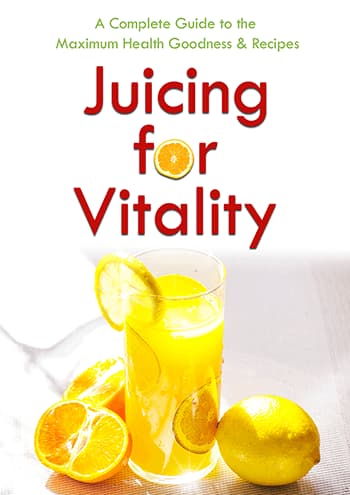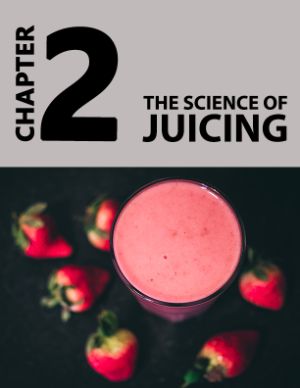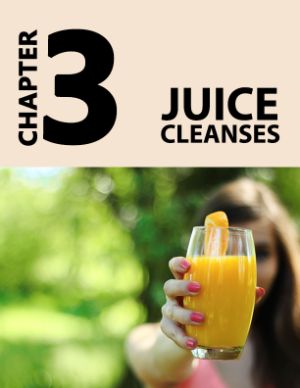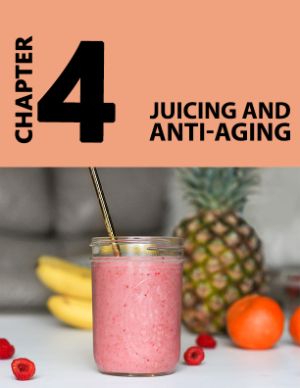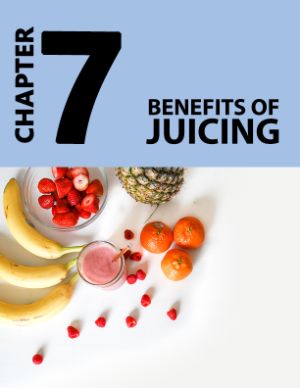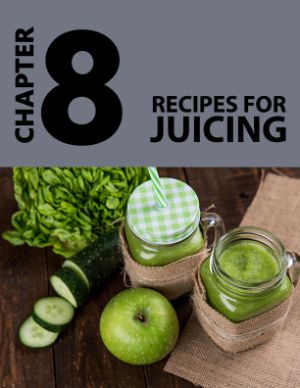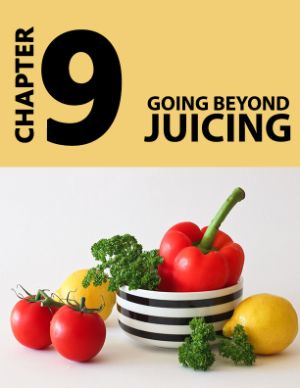Beginner’s Guide to Juicing
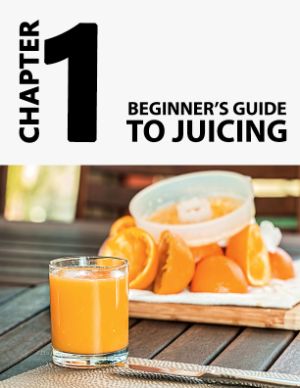
Have you tried juicing? If yes - That’s great, because juicing has a lot to offer you that will benefit your health and wellbeing. Juicing can make you feel better in so many ways.
It’s important, however, to understand how juicing works, and this book will help you get started, discuss the best juicers for you, and how to avoid the common pitfalls of juicing. You will also find many juicing recipes, some specifically geared to help with certain health concerns.
Your mom probably told you repeatedly, “Eat your vegetables!” Maybe you hid the spinach beneath the mashed potatoes. Kids do that. Now, however, you know how important eating more fruits and vegetables is to your optimal health. They are known to reduce the risk of certain cancers, heart disease, high cholesterol and high blood pressure. They are filled with the vitamins and minerals you need to remain healthy and full of energy.
It’s a simple fact that the more fruits and vegetables you eat, the more you enjoy the benefits. You should be eating more than five servings every day. That sounds close to impossible, doesn’t it?
This is where juicing comes in. We can’t always consume all the fruits and vegetables we need. Juicing concentrates the produce so that one glass can serve as the equivalent of several pieces of fruit and vegetables. Juicing makes it easier to enjoy the benefits of fruits and vegetables. Here’s how it works:
A juicer extracts all the liquid and discards everything else. So, what you are left with is highly concentrated fruit and vegetable juice. A blender mashes the whole fruits or vegetables, but leaves the fiber. We’ll talk more about the difference between juicing and blending, because they both have their benefits.
This book will show you how to incorporate juicing into your healthy lifestyle. Juices can serve as a vibrant meal replacement, but you need solid foods as well. We’ll discuss why and how to go about a complete juice cleanse.
Juicing vs. Blending
These days, people are becoming more aware of the effects that the foods they consume have on their body and entire life. This is definitely a step in the right direction. Every study over the past few decades indicates that many of us are overfeed and undernourished. We are eating all the wrong foods.
As the current juicing craze gains momentum, it’s important to discuss the difference between juicing and blending.
Juicing, as we’ve discussed, separates the juice from fiber, leaving you with a heavy concentration of plant-based nutrients. Your body gets a heavy shot of vitamins and minerals. Not surprisingly, you need a juicer to extract juice from fruits and vegetables.
Blending processes the entire fruit or vegetable, simply creating a different form of the same thing. You blend a carrot, you get a carrot, albeit in a liquid, smoothie form. It is not concentrated, like juicing. It does, however, retain all the needed fiber that juicing removes.
Juicing provides more concentrated nutrition. You use more produce to get that glass of juice, so it’s more expensive. Blending
gives you all the benefits of produce, along with the fiber. Both have their uses, depending on what you are trying to achieve.
As a general rule of thumb, the amount of fruits and vegetables needed for one glass of juice will provide you three glasses of blended smoothies. Since blending retains fiber, which slows down the absorption of sugar into the bloodstream, blending might be an excellent option if you are watching your sugar intake. When you blend, you can also add different types of foods to the blender, such as yogurt or nuts.
Both juicing and blending are an excellent way to consume more fruits and vegetables. If you’re feeling sneaky, it’s a great opportunity to get some vegetables and fruits into your finicky little eaters. Actually, if they help with the process of juicing, they are likely to become more interested in eating the whole thing.
Juicing and blending let you use up produce that is ready to wilt. However, one or the other may be better for certain types of fruits and vegetables. Let’s take a look what type of produce is best juiced or blended. Either method will give you some inherently superior goodness, but there are times one method is better, although all fruits and vegetables can be juiced.
For juicing fruits, try papaya, all citrus fruits, apples, pineapples, and grapes.
For blending, less juicy fruits work best, such as avocados, bananas, peaches, all berries, and mangos. Of course, you can pick more than one for a heavenly blend.
For juicing vegetables, try tomatoes, cucumber, celery, green leafy vegetables, and cabbage.
Use vegetables with lots of fiber for blending, such kale, spinach and any squash. Adding some citrus fruit to your kale or spinach can remove some of the bitterness. Whenever you blend, remember to add water, coconut milk or yogurt.
